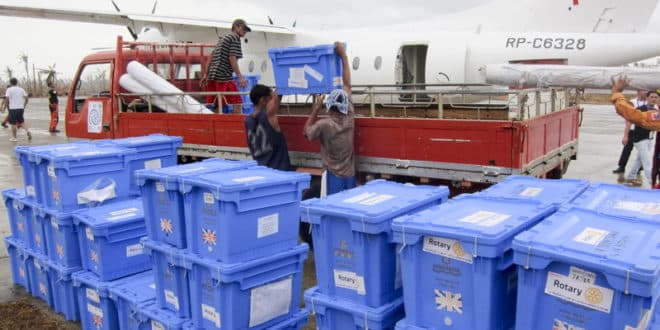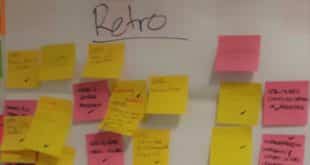International development projects can be closed for a variety of reasons. In the best case, a project will be closed because the problem it is trying to solve has been fixed. In other cases, a project could close because there is a lack of funding, the organisation no longer has permission to operate in the area, or the security situation has deteriorated.
Regardless of why the project is closing it’s important to do it properly. Here are a few tips that might help.
Get all documentation in order (hard and soft copies)
It can be tempting to just throw all the paperwork in some boxes and turn off the lights (especially if you didn’t want the project to close). But that type of approach makes it more difficult for lessons to be learnt, and for the project to open again in the future.
Make sure you collect all the documentation from the project – both hard and soft copies. This includes technical documentation, such as logframes and reports, and administrative documentation like staff files and tax declarations.
Carefully file all the hard and soft copies in a logical folder structure. In the future, someone might want to open the project again or find an important document. This will only be possible if you have filed things properly.
Share important lessons with others
Your project might be closing, but there are still other similar projects that could benefit from the lessons you’ve learnt.
Make a list of the most important things that were learnt during the project. Think about how you can communicate these lessons to other people running similar projects. For example, you could post a report online, publish a journal article, speak at a conference, or even write an article for tools4dev.
Dispose of assets transparently
Most projects have assets like vehicles, computers and furniture. You should dispose of these items in a transparent way, following the requirements of the donor. It is not appropriate for assets to be given away to staff or sold at a cheap price to friends or family.
Donor requirements differ, but in general you should normally follow these steps when disposing of assets:
- Make a list of all the assets that belong to the project.
- Assess the value of each item. For example, take the vehicles to a qualified mechanic for a valuation and also check the prices of used cars in the newspaper.
- Advertise an auction sale publicly in the newspaper or other mass media.
- On the day of the auction sell each item to the highest bidder. Collect the revenue and put it in the project account.
Give the remaining funds back to the donor
All remaining funds, including any funds raised from the auction of assets, should be returned to the donor. Some organisations (and even donors) encourage you to spend all the remaining money. However, in my experience this ends up wasting money on useless activities when it could be spent on other worthwhile activities or projects.
Some donors allow you to transfer the remaining funds to another project that has a similar objective. In other cases, funds (or even assets) can be donated to related government departments. For example, remaining medical equipment could be donated to a local hospital.
Close all accounts, subscriptions and other services
As the final step in the process, you will need to close the project bank account. Don’t forget to cancel other subscriptions or services that may be paid from the account. For example, website hosting fees, journal subscriptions, telephone lines, rent, etc.
Help employees find a new job
If the project had full time staff, then the closure of the project will mean these employees have been made redundant. Finding a new job can be difficult. You can assist by helping review their CV, providing a written referral, and introducing them to other organisations that may be looking to hire.
Photo by International Organization for Migration




